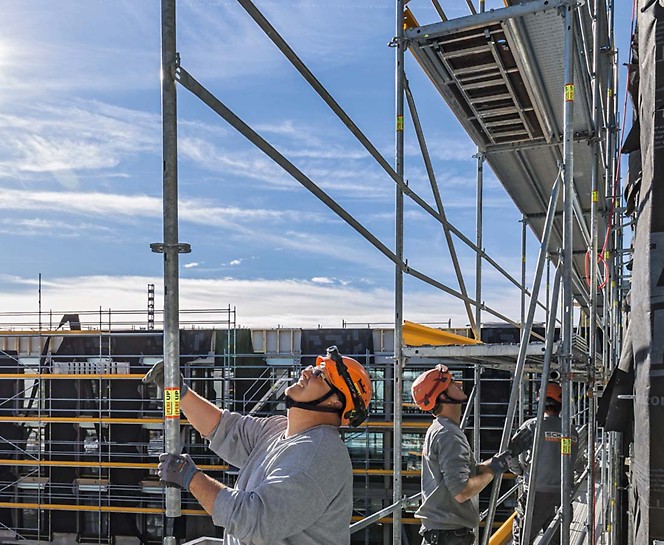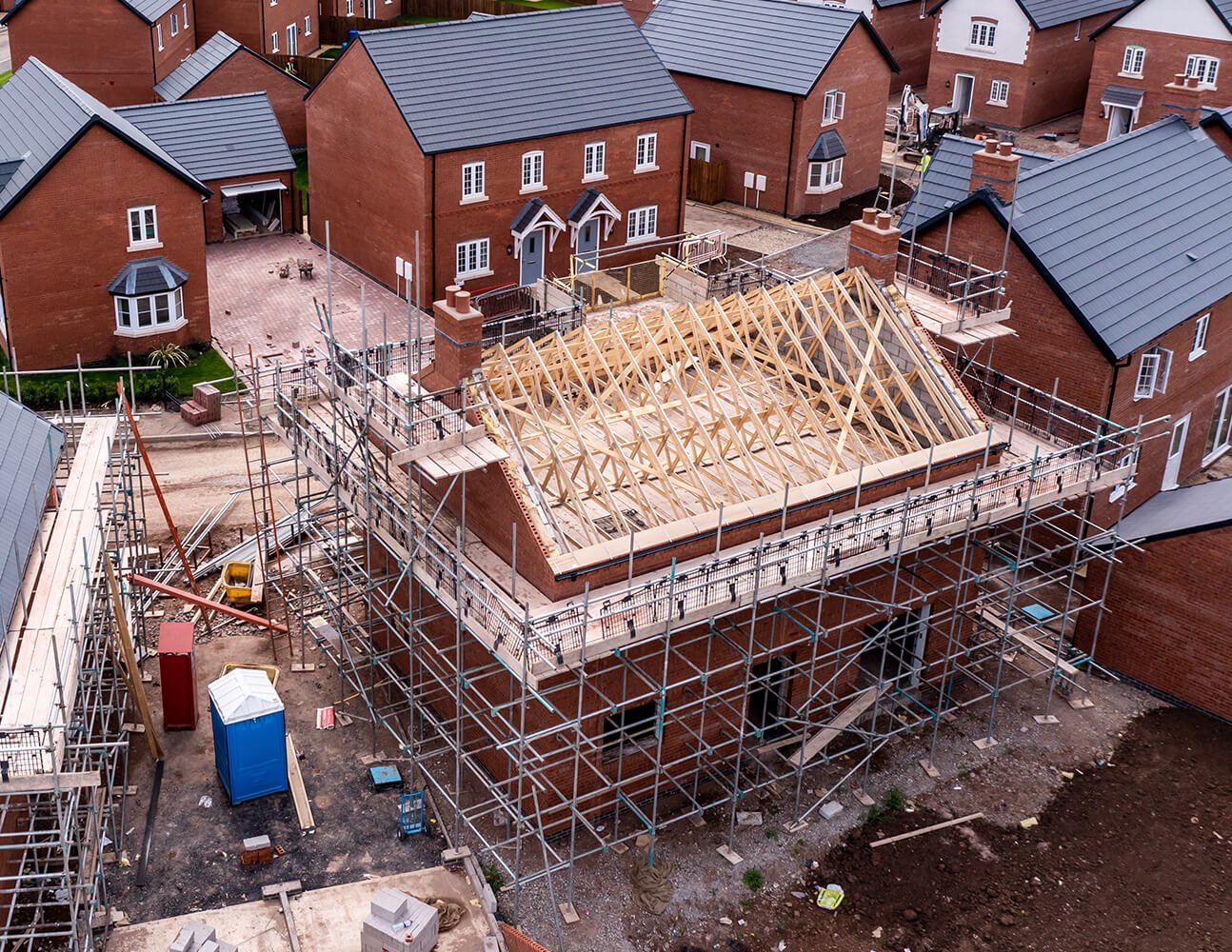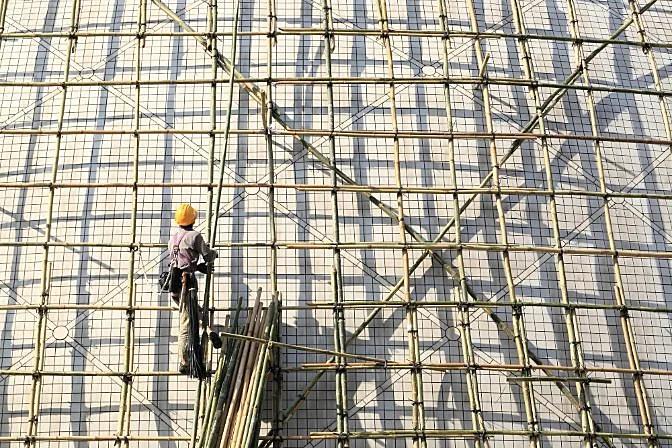Expert Scaffolder Surrey Offering Customized Solutions for Your Needs
Expert Scaffolder Surrey Offering Customized Solutions for Your Needs
Blog Article
Exploring the Various Kinds Of Scaffolding Used in Construction Projects
The building and construction market depends greatly on various sorts of scaffolding to fulfill details task demands, each offering distinct benefits and applications. Conventional frame scaffolding gives a strong foundation for basic jobs, while suspended scaffolding is necessary for service high-rise frameworks. Other choices, such as system and rolling scaffolding, accommodate efficiency and mobility, specifically. The cantilever variant confirms invaluable in metropolitan environments where area is constrained. Understanding the subtleties of these scaffolding kinds is vital for optimizing safety and efficiency on construction websites, triggering a closer evaluation of their special characteristics and applications.

Traditional Framework Scaffolding
Typical structure scaffolding is among one of the most extensively utilized methods in the building sector due to its effectiveness and flexibility. This system contains upright and horizontal frames that are put together to create a stable platform for materials and employees. The primary components include vertical articles, horizontal journals, and diagonal braces, which together offer a strong framework that can support substantial tons.
Among the essential benefits of standard structure scaffolding is its flexibility to numerous construction tasks, varying from household buildings to huge commercial frameworks. The modular design enables easy setting up and disassembly, making it reliable for both temporary and lasting tasks. Furthermore, the system can be customized in height and width, suiting various building layouts and website problems.
Safety and security is extremely important in scaffolding applications, and conventional frame systems are outfitted with guardrails and toe boards to avoid drops and guarantee employee defense. Normal assessments and adherence to security laws are vital in preserving the stability of the scaffold (Scaffolding). Overall, conventional framework scaffolding continues to be a fundamental selection in the construction sector, providing a trusted platform for labor and enhancing general job performance

Suspended Scaffolding
Put on hold scaffolding uses an unique solution for construction projects that need accessibility to elevated surfaces, specifically in situations where typical structure scaffolding may be impractical. This kind of scaffolding is normally suspended from the roof or upper degrees of a framework, using a system of pulley-blocks, ropes, and systems to create a working room that can be gotten used to numerous elevations.
Among the key benefits of suspended scaffolding is its versatility. It can be quickly rearranged or decreased to accommodate changes in building and construction requirements, making it ideal for tasks such as home window installation, façade work, and maintenance on skyscraper structures. In addition, the marginal footprint of suspended scaffolding enables better use of ground room in city environments, where area is typically minimal.
Security is an important consideration in the use of put on hold scaffolding. In general, put on hold scaffolding gives a efficient and efficient remedy for accessing hard-to-reach locations in various building situations, improving both productivity and safety and security on site.
System Scaffolding
System scaffolding, frequently regarded as a modern-day option in the scaffolding market, includes pre-engineered components that can be rapidly constructed and adapted for various building tasks. Scaffolding. This sort of scaffolding is identified by its modular style, which permits convenience and efficiency on work sites, accommodating various heights important link and structural needs
Generally made from high-strength steel or light weight aluminum, system scaffolding uses improved durability and security. The elements consist of vertical posts, straight journals, and angled braces, which interconnect securely, making certain a robust framework. The design frequently integrates standardized fittings, streamlining assembly and disassembly procedures, therefore reducing labor time and prices.

Rolling Scaffolding
Moving scaffolding is a versatile choice to traditional fixed scaffolding, created for wheelchair and convenience of use on construction sites. This kind of scaffolding consists of a system supported by frameworks with wheels, enabling employees to easily move it as required. The flexibility feature significantly boosts performance, as it decreases downtime linked with setting up and dismantling fixed scaffolding.
Commonly created from light-weight products such as aluminum or steel, rolling scaffolding offers a sturdy yet mobile solution for jobs requiring constant repositioning - Scaffolding. It is specifically helpful in jobs such as paint, drywall setup, and electric job, where accessibility to different heights and places is essential
Security is critical in rolling scaffolding layout, with functions such as locking wheels to avoid unplanned movement when being used, and guardrails to safeguard employees from falls. Furthermore, many designs are adjustable in height, suiting numerous project needs.
Cantilever Scaffolding

The design of cantilever scaffolding normally includes making use of brackets or arms anchored to a structure or structure, making it possible for the platform to extend external safely. Safety and security is critical; hence, these scaffolds must be crafted to stand up to various loads and environmental problems. Normal evaluation and try this site upkeep are important to ensure architectural integrity and worker safety and security.
Cantilever scaffolding is favored for its convenience and effective use space, making it a prominent selection in city environments where area restraints prevail. It assists in simpler access to high elevations, eventually adding to the general efficiency of building and construction projects. As with all scaffolding types, correct training and adherence to safety requirements are vital for workers utilizing cantilever scaffolding.
Final Thought
Finally, the varied sorts of scaffolding utilized in building jobs each serve unique purposes tailored scaffolder cv to particular site demands. Standard framework scaffolding provides stability, while put on hold scaffolding offers flexibility for raised jobs. System scaffolding promotes fast assembly, and rolling scaffolding enhances movement for varying work environments. Cantilever scaffolding efficiently deals with obstacles in city setups. Recognizing these scaffolding types is crucial for maximizing security and efficiency in building, inevitably contributing to the successful conclusion of jobs.
Typical framework scaffolding provides a tough foundation for general jobs, while suspended scaffolding is vital for work on high-rise frameworks.Rolling scaffolding is a flexible alternative to traditional set scaffolding, designed for wheelchair and ease of usage on building and construction sites. As with all scaffolding kinds, appropriate training and adherence to safety and security criteria are essential for employees utilizing cantilever scaffolding.
Standard frame scaffolding offers security, while suspended scaffolding supplies flexibility for raised jobs. System scaffolding facilitates quick setting up, and rolling scaffolding enhances mobility for differing work atmospheres.
Report this page